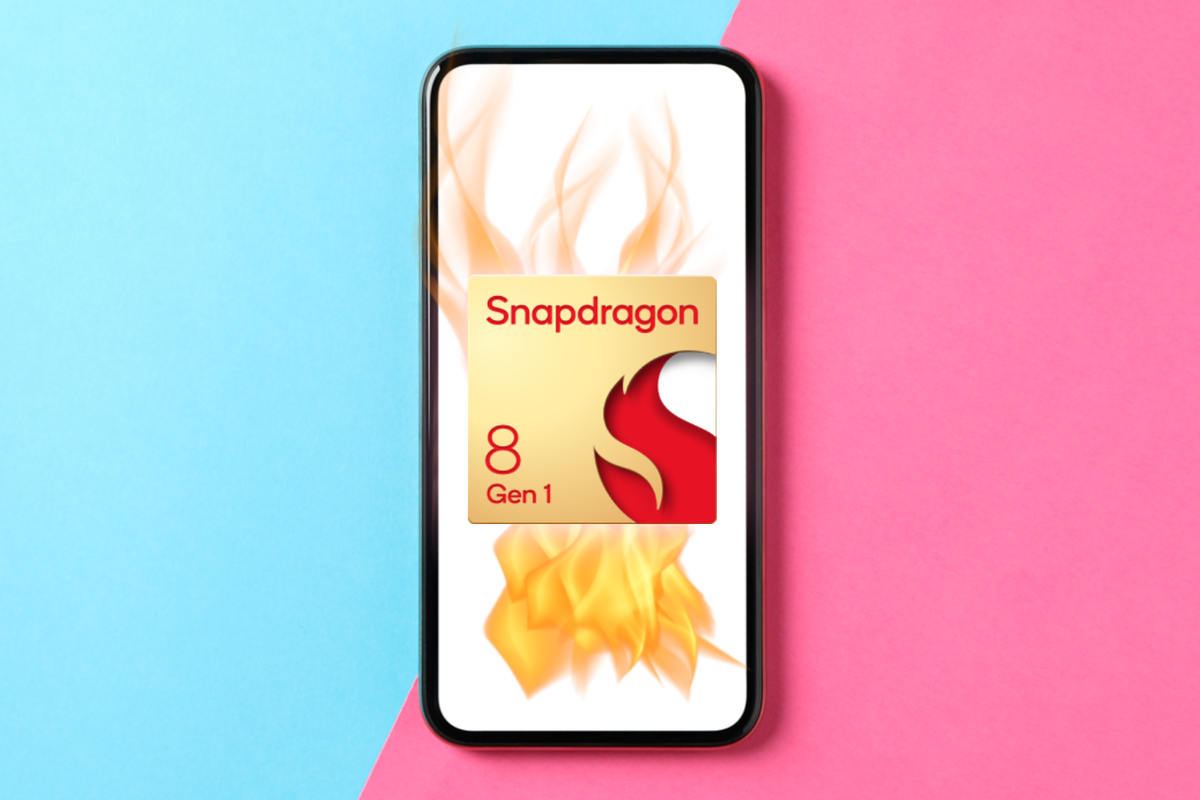
Qualcomm has unveiled its next generation of high-end Snapdragon processors: the Snapdragon 8 Gen 1. It is Qualcomm’s first 4nm chip to also use Arm’s new V9 chip design. We cover everything you need to know about the new chipset.
Qualcomm Snapdragon 8 Gen 1
A refresh across the board, that’s what Qualcomm has done with its most powerful processors for smartphones. There is a new name, a more energy-efficient 4 nm process and a more modern design of the CPU cores.
Qualcomm’s successor to the Snapdragon 888 is called ‘Snapdragon 8 Gen 1’ and Qualcomm introduced him at its annual event. Every new Qualcomm high-end processor starts with the number 8 every time, so the new name has been simplified. The use of generations after the name should make a clearer distinction between newer and older chipsets in the series.
What is the performance gain?
Qualcomm keeps the design with three clusters of computing cores for its processor, but the design is based on Arm v9, an updated chip design. The new Cortex-X2 main core does the heavy lifting with a clock speed of up to 3.0 GHz. Furthermore, there are three Cortex-A710 cores that operate at 2.5 GHz and four A510 cores that are clocked at 1.8 Ghz.
What has that yielded? Well, Qualcomm promises a performance boost of 20 percent compared to the Snapdragon 888. Importantly, it is also 30 percent more energy efficient. Of course we look forward to benchmarks of the first phones with the Snapdragon 8 Gen 1 to experience the difference.

Improved graphics in games
The new Adreno GPU should also be good for 30 percent more graphics power and a 25 percent gain in energy efficiency. Qualcomm also offers the Adreno Frame Motion Engine. That is a system that helps the GPU to double the frame rate of images with the same energy consumption as with the previous generation. On the other hand, the frame rate can also remain the same, but at half the energy consumption.
In games, the Snapdragon 8 Gen 1 is able to volumetric lightingeffects, or dramatic lighting effects that we know from PC gaming. The GPU supports Variable Rate Shading or VRS, which is a technique that helps to render faster by showing less important parts of the screen in less detail. The chipmaker says it works together with game developers so that they will make optimal use of the features.
Wi-Fi, 5G and bluetooth
Qualcomm uses its Snapdragon X65 modem in the new Snapdragon 8 Gen 1. It supports WiFi 6(E) and 5G internet with faster sub-6 GHz bands and mmWave. In theory, it is capable of internet speeds of up to 10 Gbps.
In addition, bluetooth has been greatly improved with the new generation. Phones can now stream lossless sound via the energy-efficient bluetooth Low Energy (LE) technology. In addition, the Snapdragon 8 (Gen 1) works with the Broadcast Audio function. This allows you to broadcast one or more audio streams to an unlimited number of receivers.
eager selfie camera
The 18-bit image signal processor (ISP) works with so-called Snapdragon Sight technology. This makes it possible to take 240 photos at 12 MP per second. On the other hand, you can also make images in 8K in RAW or with the richer HDR10+ color contrasts.
Also new is that the chipset is equipped with a separate isp that serves for an always-on camera function. It is intended for the selfie camera, because the selfie camera can now work even faster with facial recognition by remaining active in the background. When you take a look at your phone, the facial recognition works immediately and unlocks the screen.
availabilty
The first phones with Snapdragon 8 (Gen 1) will be presented before the end of this year. We already expect that we will only be able to welcome the first devices in the Netherlands in January. We expect it in the new OnePlus 10 Pro, the Realme GT 2 Pro and the Xiaomi 12, among others. The latter is rumored to be the first.
– Thanks for information from Androidworld. Source